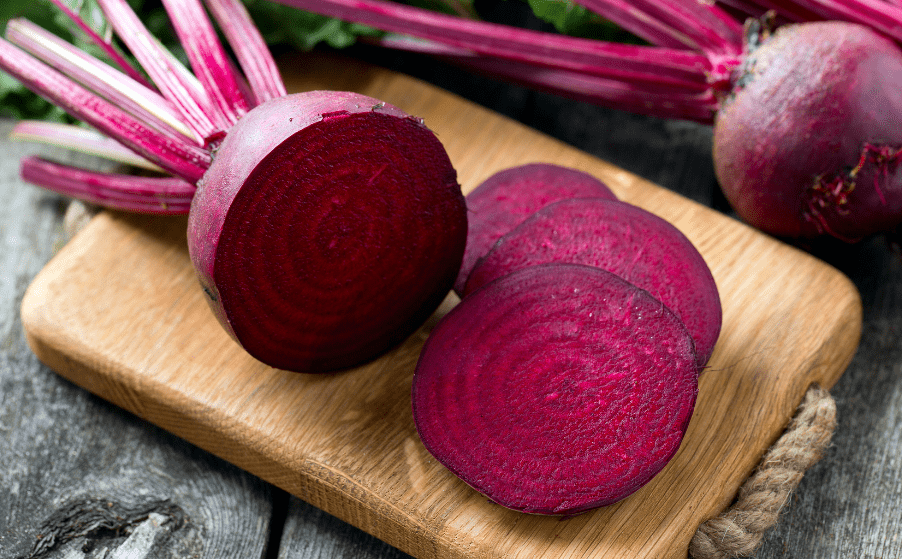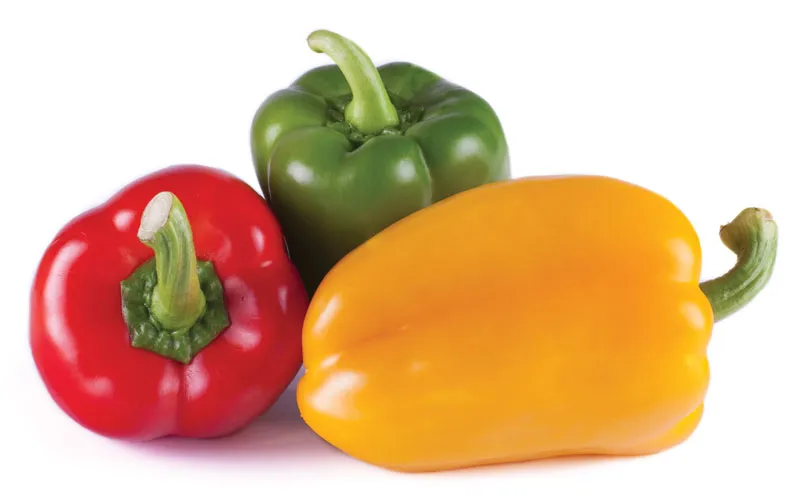
Description
The Chinese or Napa cabbage grows a tall, dense, barrel-shaped head of soft, pale, thin leaves. The leaves are more sensitive than those of round cabbage and grow straight up.
Varieties
There are numerous kinds, which are divided as early, semi-late, and late varieties based on how early they are.
Early cultivars are sown in the spring or summer in Spain and complete the cycle in less than 70 days. Hong-Kong, Spring, and Nagaoka are a few kinds.
Semi-late varieties: in Spain, these seeds are sown at the start of the summer or the autumn and are harvested 80 days later. The varieties include Okido, Yoko, and Kasumi.
Late varieties are planted around the end of September in Spain and harvested in the winter. We also have ” Snow Mountain” and ” Tardisto.”

Uses
Chinese cabbage is typically eaten fresh in salads or cooked in soups and vegetable or meat stews.
Nutrition
The following nutritional values are provided per 100 g:
16 Kcal of energy
3.23 g of carbohydrates.
1.2 g of protein
Fat total: 0.32 g
1.2 g of dietary fiber
Also a source of salt, potassium, calcium, iron, folates, riboflavin, thiamin, vitamin A, C, and K.
Cultivation
Chinese cabbages require a place with deep, rich soil that retains moisture and is open and sunny, while moderate summer shade can help prevent bolting. To assist maintain moisture in the soil, carefully weed the growing area before adding several bucketful of well-rotted manure or garden compost per square metres or yard.
Table





